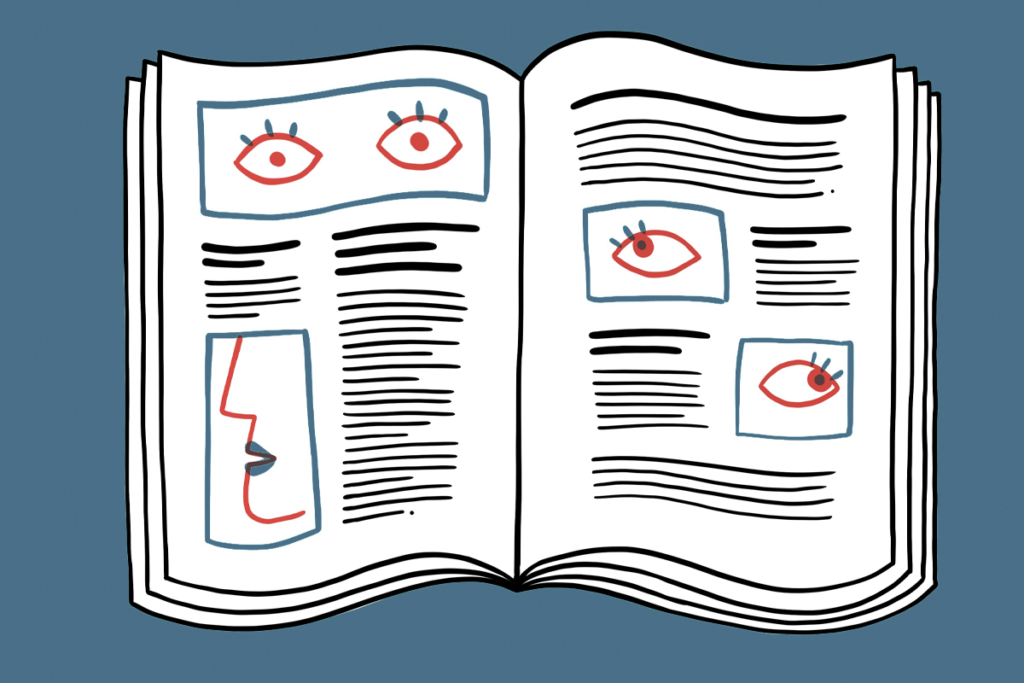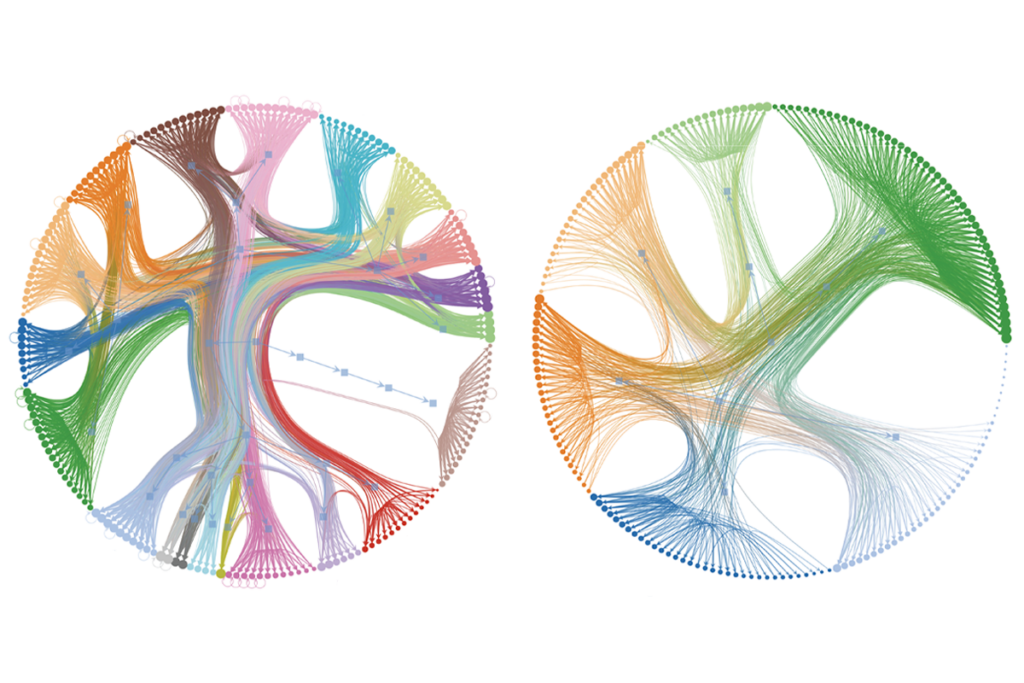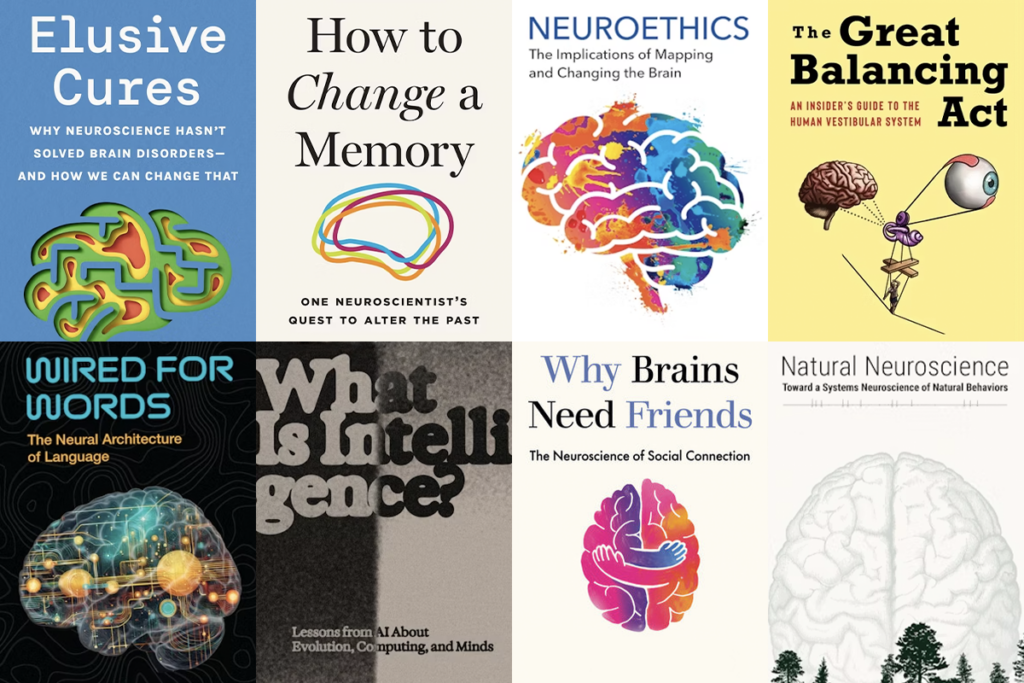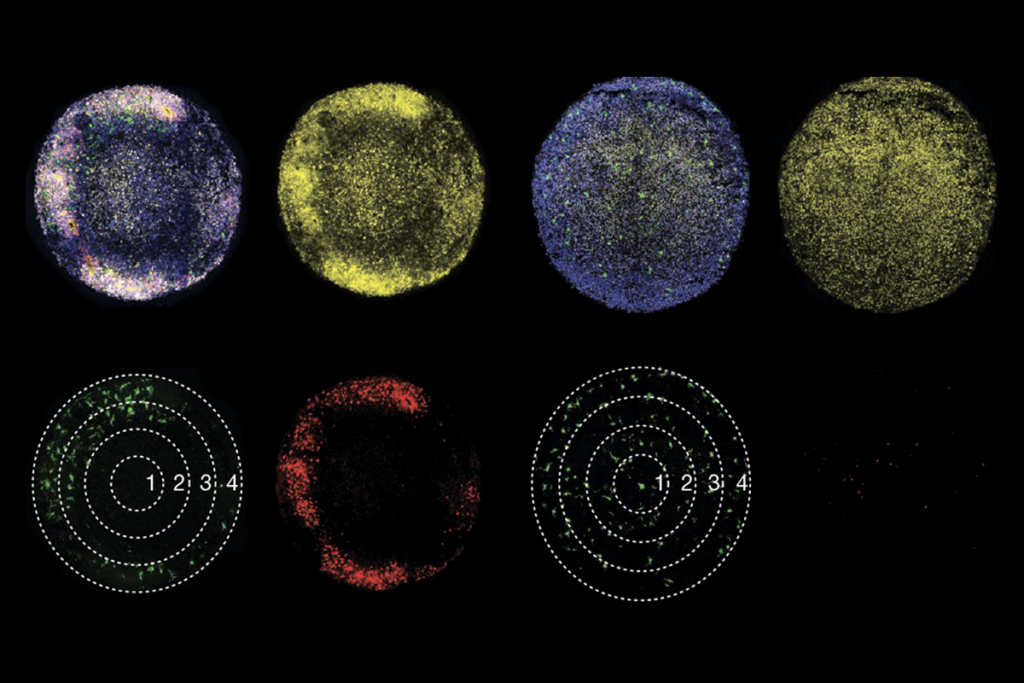Justice league
Autism advocacy backed by science has fueled significant social change as an emphasis on the higher-functioning end of the spectrum lessens the stigma of the diagnosis.
National Guard troops weren’t needed to protect the first children with autism ‘mainstreamed’ into public school classrooms. But that doesn’t make their fight for equal opportunity in education and employment any less of a civil rights movement.
People with autism were for a long time viewed as ineducable. Public schools wouldn’t register them, and few private schools tailored to the specific needs of people with autism existed.
Powerful advocacy by parents of these children eventually forced the system to create special education programs that remedy the lack.
Today, many individuals with autism are advocating for themselves, challenging the notion that they are too disabled by their disorder to work and participate actively in their communities.
News articles, movies about high-achieving people with autism like animal behaviorist Temple Grandin, and studies showing that autism-like traits can be found in the general population have all blunted the stigma associated with the diagnosis.
Ultimately, this ‘autism movement’ may help create a more advanced society, in which everyone is allowed to flourish and reach their potential, suggests Daniela Caruso, professor of law at Boston University.
Caruso, who has a child with autism, teaches a course on autism and law and last year published an article about the impact of autism advocacy in the American Journal of Law & Medicine. She noted that though they can claim many victories, advocates have a long way to go in making more opportunities available across the economic spectrum.
The Children’s Health Act of 2000 and the Combating Autism Act of 2006 unleashed a wave of funding for autism research, but federal dollars still cover no more than 17 to 18 percent of the costs of special education in the U.S.
That means that individual states, cities and towns must foot most of the bill for educational and supportive services — for example, speech and occupational therapy — for children with autism. This creates disparities in services among school districts.
Early treatment is still out of the reach of many despite the fact that research has provided strong support for early intervention.
It is true that individuals with autism can live full, rich and happy lives when provided with the right support and opportunities, but it is also true that the disorder profoundly limits their choices. With family income and race still impeding access to services, it’s clear that the autism movement is not yet a story of justice achieved.
Recommended reading

Altered excitatory circuits in CHD8-deficient mice; and more

Why hype for autism stem cell therapies continues despite dead ends
Explore more from The Transmitter

Worms help untangle brain structure/function mystery
Xaq Pitkow shares his principles for studying cognition in our imperfect brains and bodies

